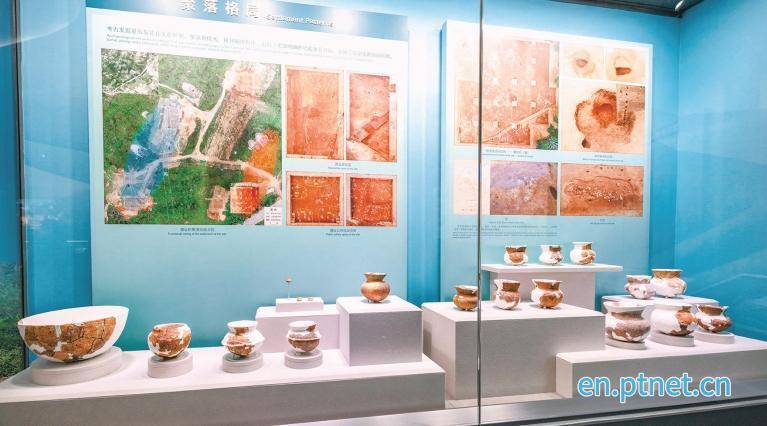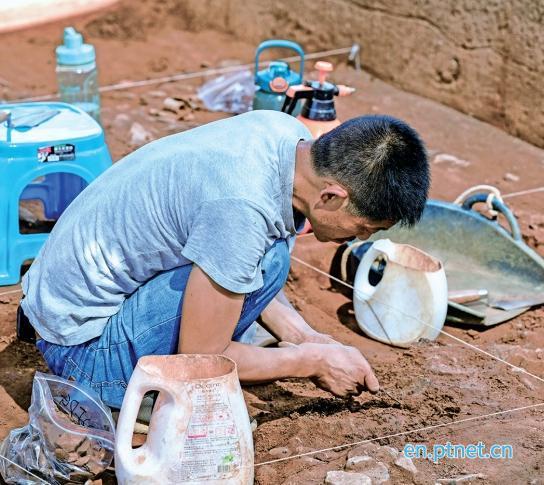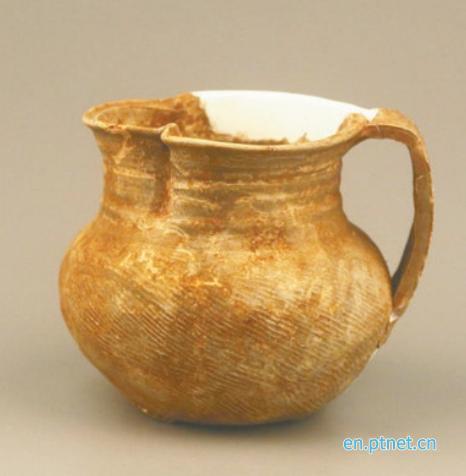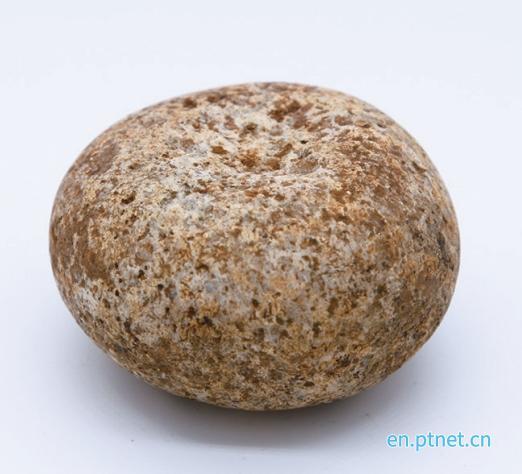Artifacts from Keqiutou Site Museum unveils 7,000-year-old tales of ancient maritime culture
en.ptnet.cn | Updated:2025-02-25 | Lin Kongbo, Stephanie
Interior of Keqiutou Site Museum (File photo)
Amidst the gentle waves of Pingtan's dawn, the Keqiutou (Shell Mound Head) Archaeological Site, a beacon of over 7,000 years of maritime civilization, whispers tales of ancient resilience and ingenuity. Here, at the birthplace of the Austronesian peoples' seafaring heritage, the land speaks through silent artifacts, bridging the gap between past and present.

Lin Ying, the person telling the stories of the cultural relics at Keqiutou Site Museum
"Each artifact is a time-traveling messenger," said Lin Ying, chief of Social Education Department at the Pingtan International Research Institute for Austronesian Archaeology, who has transformed from a novice to a passionate cultural communicator. Joining the institute in 2020, Lin recalled, "When I first stood at the excavation site, the pottery shards and stone tools seemed to narrate millennial stories, yet I was unable to decipher them." Through over 1,000 days of dedicated study under the guidance of expert teams, Lin evolved from a cultural layman into a seasoned guide.
Since 2022, Lin has led cultural education initiatives, translating complex archaeological terms into engaging stories for schoolchildren, igniting their curiosity about the history and heritage of this land. "Seeing children point to pottery patterns and exclaim, 'This is the nautical totem of our seafaring ancestors,' I realize the profound impact of my work," Lin shared.

Archaeological workers conducting excavations (File photo)
The Keqiutou Site Museum officially opened its doors on December 16, 2024, showcasing over 600 artifacts. "It's a monumental achievement, transforming a once-ordinary site into a provincial and then national heritage conservation unit, culminating in this specialized museum," Lin expressed pride. The museum stands as a cultural landmark, offering insights into Austronesian culture.

Gui-spouted Single-handle Jar
Among the exhibits, the Gui-spouted Single-handle Jar, dating back to the late Neolithic to Bronze Age (4,500-3,500 years ago), exemplifies the sophisticated pottery-making techniques of that era. With its refined clay body and distinctive decorative patterns, the jar bridges the cultural gap between the lower Minjiang River valley and island civilizations, hinting at population migrations and cultural exchanges.

Concave Stone
Another highlight is the Concave Stone, a versatile tool from the Neolithic to Bronze Age (7,500-3,500 years old), showcasing the ingenuity of early settlers in adapting to harsh coastal environments. Used for cracking shells, grinding grains, and more, the Concave Stone embodies the resilience and resourcefulness of the Austronesian ancestors.

Exterior of Keqiutou Site Museum (File photo)
"Our mission is to decipher the 'codes' of these artifacts, making them accessible to the public and contributing to the study of Austronesian origins and diffusion," Lin emphasized. As Pingtan's maritime heritage sails onto the world stage, the Keqiutou Site Museum stands as a lighthouse, illuminating how ancient tides shaped the currents of civilization.

